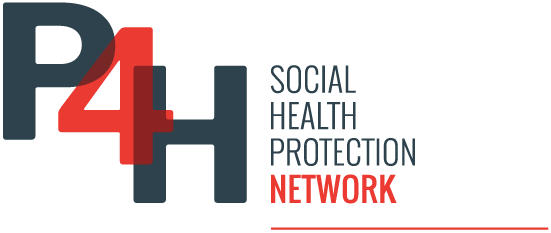Eswatini, a lower middle-income country in Southern Africa, is actively pursuing health financing reforms to advance universal health coverage (UHC) for its population. Eswatini faces significant challenges in ensuring equitable access to health care services. The GDP per capita of US$ 3,986.9 (in 2022) and Gini coefficient rate of 0.51 indicate high income inequality.
Health care system and health financing status
The country’s health care system comprises formal and informal sectors, with a bias in health facility distribution towards urban areas while 70% of the population resides in rural areas. Eswatini grapples with a high burden of communicable and noncommunicable diseases (NCDs), with NCDs accounting for 46% of deaths in 2019.
Commitment to universal health coverage
Eswatini’s commitment to advancing UHC is evident in key policy documents such as the Eswatini National Health Sector Policy 2016-2026. The policy emphasizes affordable health care and protection from financial hardship, outlining thematic areas including sustainable health care financing, financial risk protection, resource efficiency, and equitable access to services.
Another document supporting UHC is the National Health Financing Policy 2015-2022, which underscores the government’s dedication to advancing UHC through comprehensive health financing reforms.
References
[1] World Health Organization, Global Health Expenditure Database, Health Expenditure Profile (choose country)
[2] World Health Organization – Eswatini, Country Cooperation Strategy 2022–2026 – Eswatini

